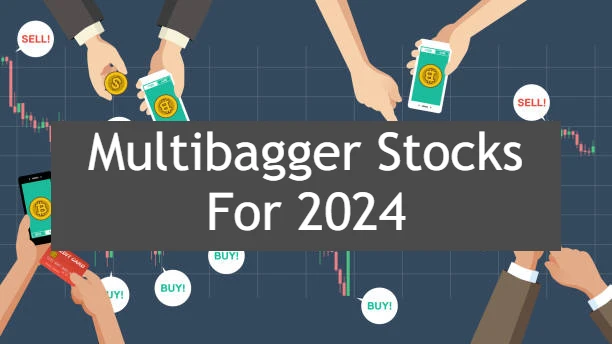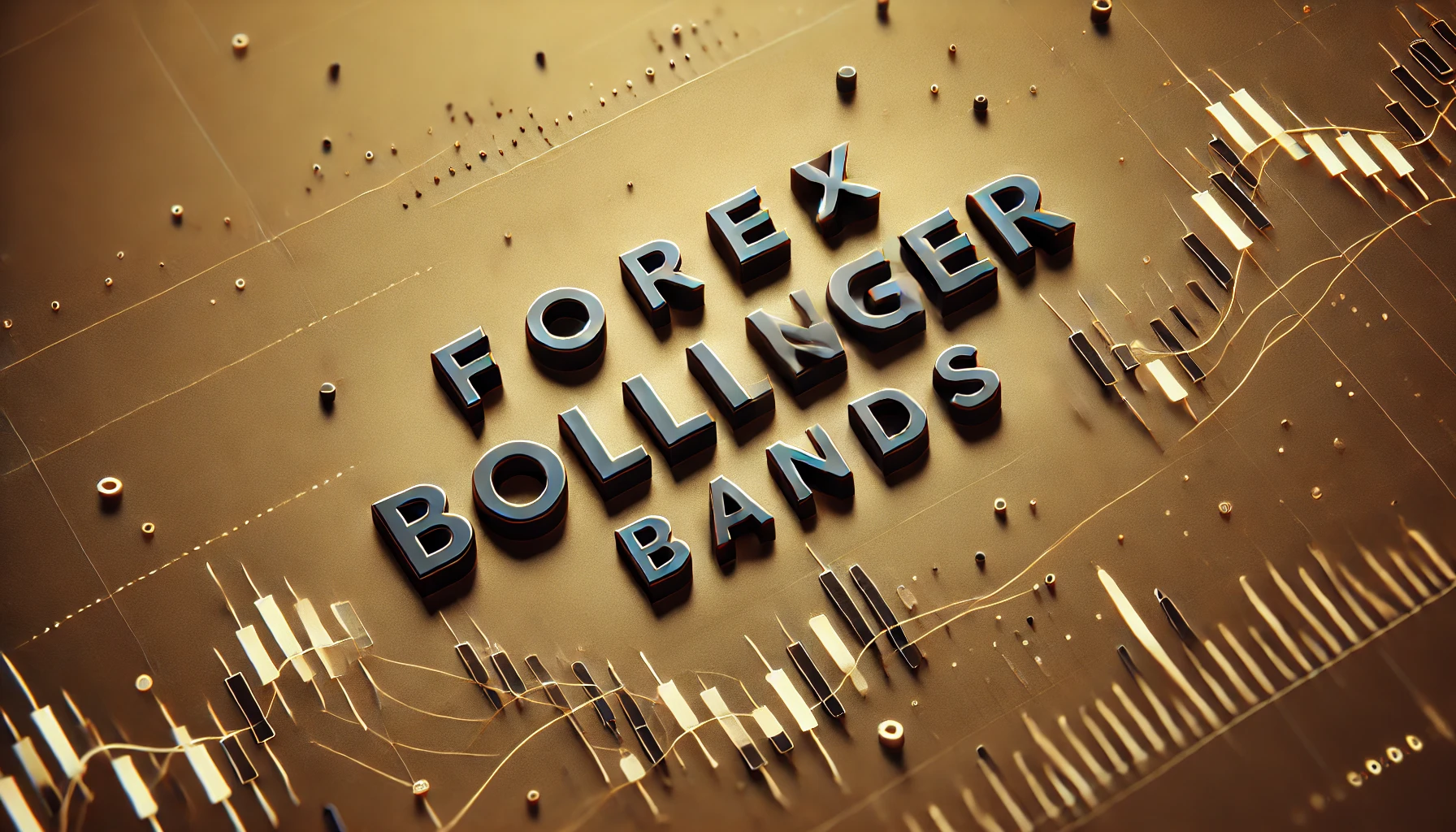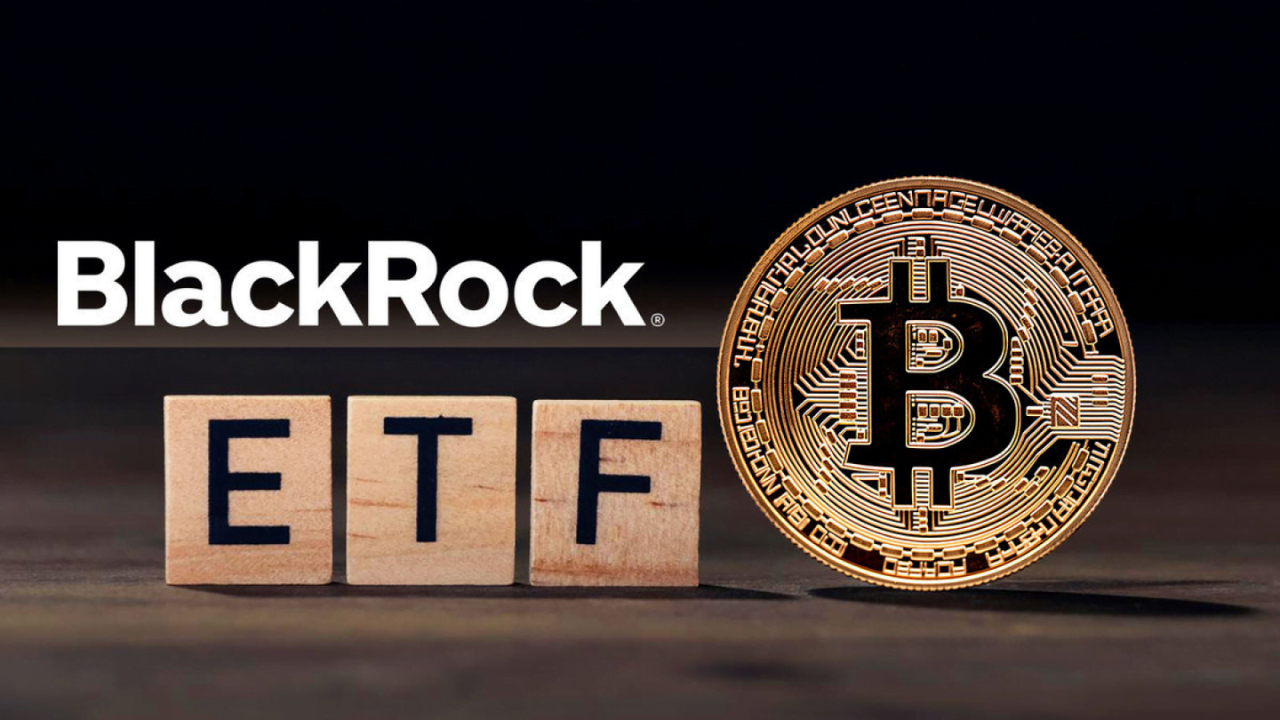
While the passive investing vs active investing debate is a heated one, the passive approach has been clearly dominating its counterpart for a long-time now. As per a Morningstar report, passive funds reigned supreme in 2021, amassing a staggering $958 billion in assets, leaving active funds behind with a magnanimous difference of $700 billion.
Moreover, Jeff Sommer, in his recent column at NYTimes, discussed that the last time active stock funds in the US managed to outshine the S&P 500 for an entire year was way back in 2009. For over a 20-year period ending December 2021, a mere 10 percent of active US stock funds were able to surpass their benchmarks, painting a bleak picture for the majority of active funds.
So, are active funds still in the game? In this article, we will take a closer look at the key distinctions between passive and active investing, determine which style of investing may be right for you, and explore why the active approach has not yet become redundant.
Table of Contents
ToggleWhat is active investing?
Active investing is a dynamic investing approach that involves frequent buying and selling of assets, intending to beat the returns of a specific benchmark index. In other words, active fund managers or investors constantly shift gears to capture higher returns than the market average.
Active investing generally necessitates a deep understanding of the market and a high-end analytical acumen to make timely, informed decisions regarding when to purchase or sell investments. Moreover, active investors must continually oversee their portfolios and keep track of the relevant financial statistics and market trends. If not, even the most expertly crafted portfolio can turn red, spiraling out of control into negative territory.
Also, note that although self-management of active investments is an option, most investors opt for the expertise of professional fund managers for handling their active mutual funds and ETFs.
Pros of active investing – Why could it be a good approach?
- Greater flexibility
Active investors enjoy the “flexibility” to rearrange their positions or turn to a defensive strategy and hold safer investments like bonds, during times of market volatility. Simply put, active investors have the advantage of being nimble in their approach. They can swiftly react to real-time market conditions, which could potentially give them the upper hand over passive indices, at least in the short term.
- More ways to approach markets
Active investors can utilize some advanced trading strategies like options, futures, or short-selling to turn the odds in their favor.
Cons of active investing – What are the risks involved?
- Expensive
A major disadvantage of actively managed equity funds is that they come with a higher price tag due to the constant buying and selling, as well as the salaries of the expert team scouring the markets for the best picks. Typically, active equity funds have an average expense ratio of 0.68% compared to 0.06% of passively managed equity funds, according to the Investment Company Institute.
- Elevated danger when going against the market.
For active investors who strive to beat the standard indices, one wrong decision can prove costly, as going against the market can lead to significant losses.”
What is passive investing?
Passive investing is a hands-off strategy that aims to mirror, rather than beat, the performance of a benchmark index such as the Dow Jones. It typically involves purchasing shares of index funds, like ETFs, through standard brokerage accounts.
Passive investing is the go-to approach for long-term investors as it requires minimal intervention and no consistent monitoring. You can say this investing style tilts towards automation and needs close to no human supervision, resulting in significantly reduced fees.
Note that the majority of passive funds have delivered higher-than-average returns over the last decade compared to the active ones. According to a Morningstar report, actively managed funds have been playing a losing game, with a mere 26% of them coming out on top against their passive index-fund counterparts over the 10 years ending December 2021.
It’s no surprise that investors have been gradually shifting their money from actively-managed funds to passive investments like a herd migrating to greener pastures.
Pros of passive investing – Why is this strategy ruling the investment world?
- Cost-efficient
Passive mutual funds and ETFs have some of the lowest expense ratios as they involve less market analysis and few transactions.
- More potential returns
As previously stated, passive investment funds have the potential to deliver above-average returns over the long run.
- Suitable for all kinds of investors
Passive investing is appropriate for traders of all skill levels, particularly beginners who may lack market expertise but still want to participate in the investing world. It’s also an ideal strategy for investors who have limited time to conduct market research.
Cons of passive investing – What are some of its potential risks?
- No protection against bear markets
As passive investing focuses on long-term growth, it provides no cushion against short-term market fluctuations. It means passive investors are more vulnerable to severe market downturns, at least in the short run.
- Not suitable if you want quick, explosive returns
Passive investing is a low-maintenance strategy that works best if you hold onto your investment over a long period. It’s not the best option if you’re looking for a quick and dramatic increase in returns.
Passive vs active investing: Which approach is right for you?
Considering the dominant track record of passive funds, not to mention their lower fees, they may be a smarter choice for most investors. Moreover, the passive approach has been known to yield strong returns over the long term, making it a safer and more secure investment strategy.
However, despite the popularity of passive funds, there are still some actively managed funds that manage to beat the indices year after year. If you happen to own one of these elite performers, you may not be too bothered by the underperformance of the rest.
Despite a losing streak of outflows every year from 2015 to 2020, active funds managed to bring in some new money in 2021, proving that they are still a force to be reckoned with in the investment world.
All in all, it may be a good option to mingle both active and passive strategies if you want to be in control of some of your investments while also enjoying the ease and simplicity of a set-and-forget approach for others. But make sure you have a solid risk-management plan in place and have clearly defined your financial goals before moving forward.
Also read:
http://thetradingbay.com/value-stocks-vs-growth-stocks-an-overview-of-this-long-standing-debate/













